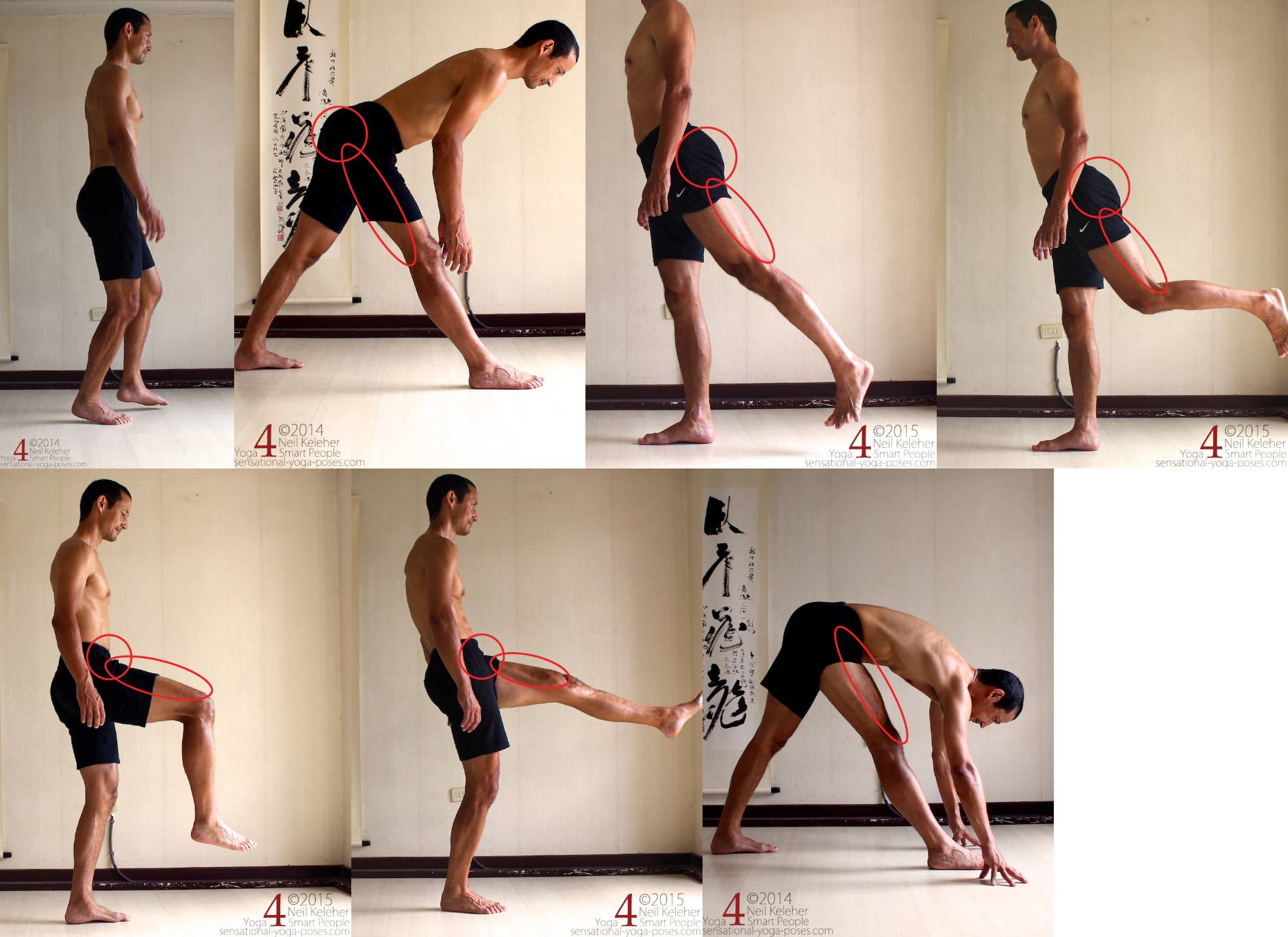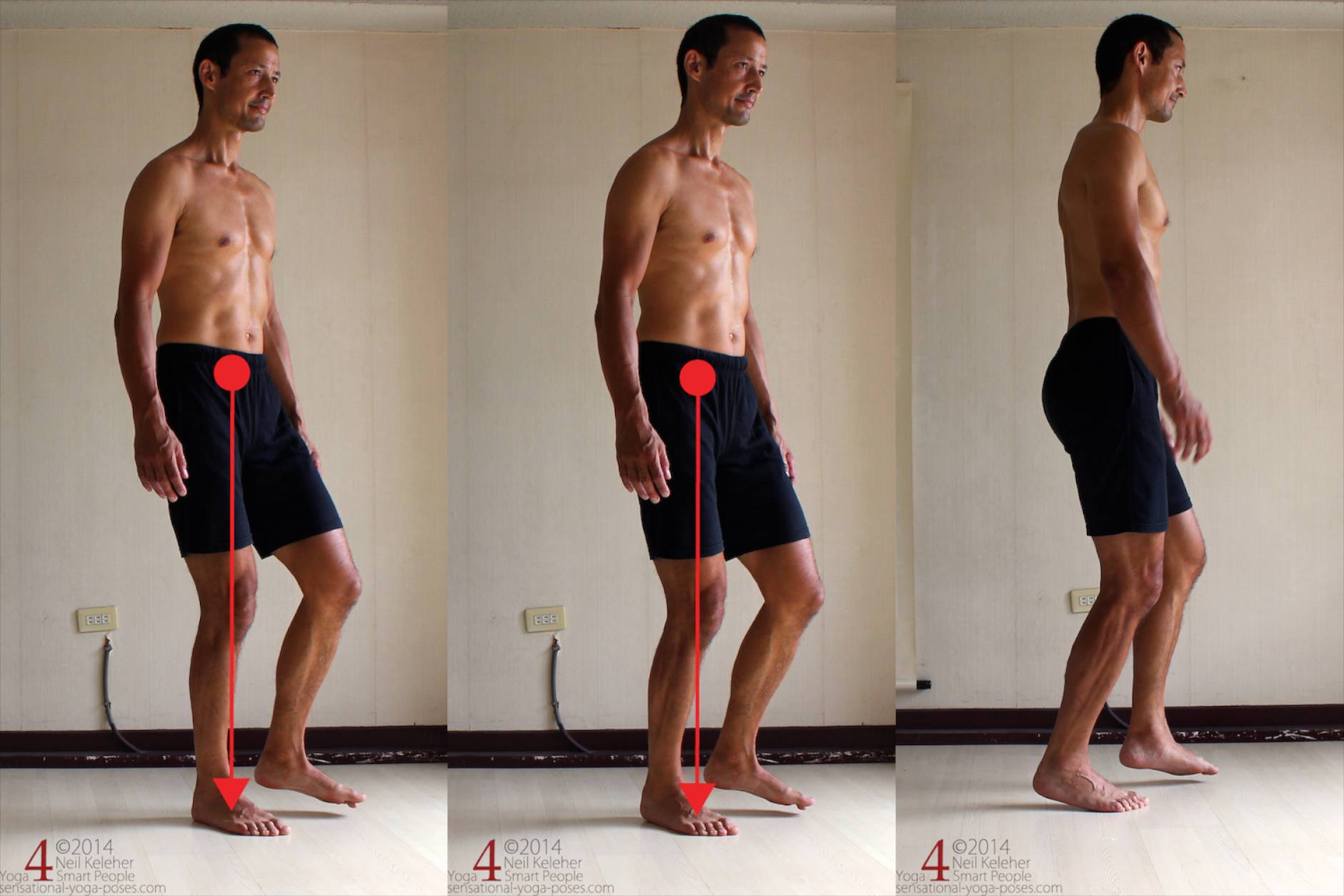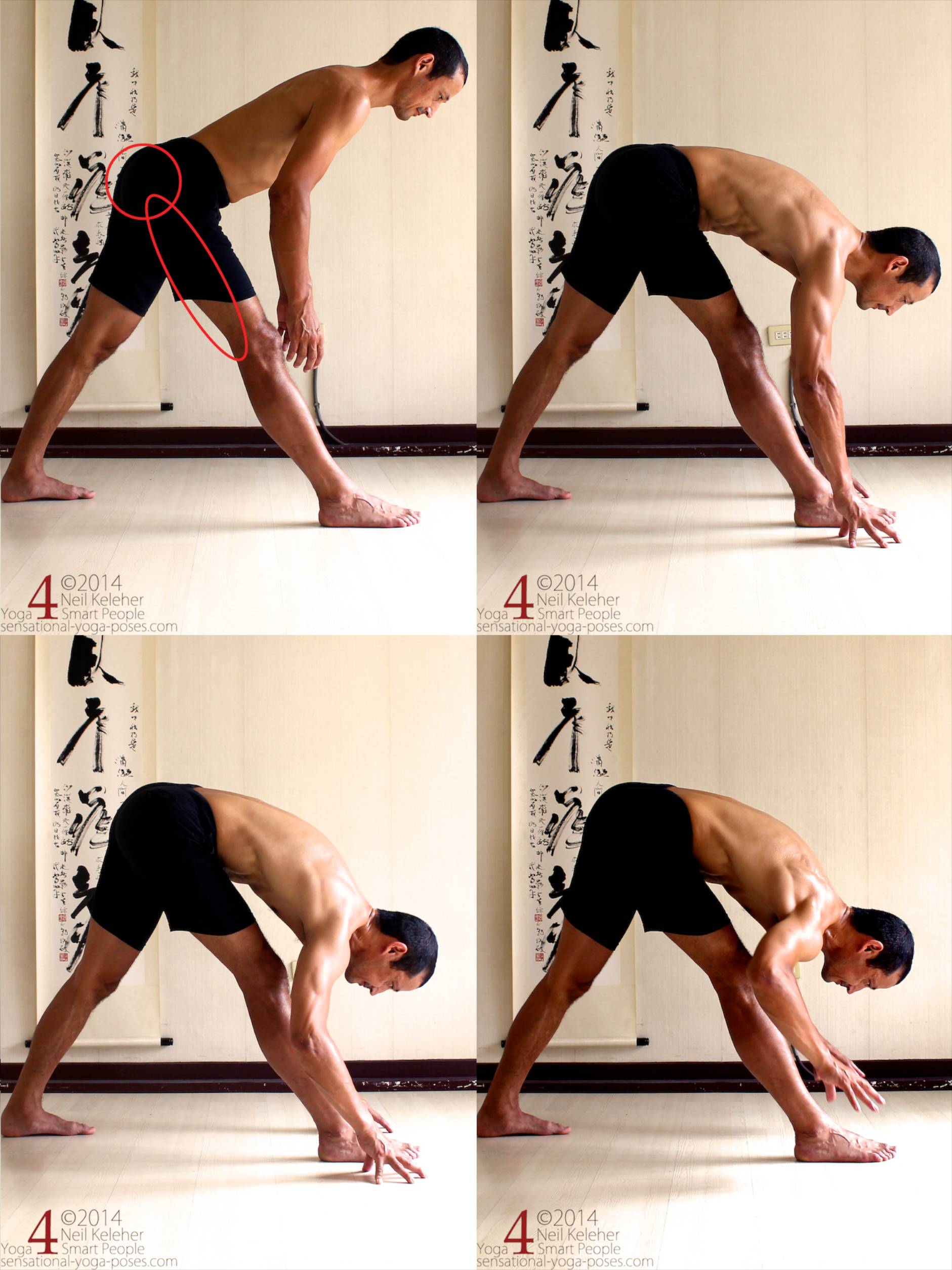Table of Contents
Introduction
Imagine pulling a car up an icy and steep incline. Why are we pulling the car? Because the engine is dead or the wheels have no traction. It’s on ice.
There’s a group of people at the top of the hill pulling on ropes but the car keeps on swinging from side to side. (The mountain is shaking or the wind is very strong.) and so another team goes below, and pulls on ropes that pull the car downwards. Meanwhile two other teams are on each side of the car.
The idea is that with these four sets of ropes pulling in different directions, they can keep the car stable. And then, so that the team at the top can actually pull the car up, as they add tension to their rope the team below (and to either side) let the rope slide out of their hands but while still keeping tension to keep the car stable.
Now imagine the intention is reversed. Instead of trying to pull the car up, they are trying to lower the car down. The guys (and gals) at the top would still have to keep tension on the rope, but they’d let it slowly slide down, but keeping tension on it so that the car doesn’t crash down. If the guys at the top can’t see clearly, or there is a communication problem with the guys at the bottom or to the sides, they might think that there is a drop off or the car is in danger so they apply the brakes.
Or maybe there are two teams at the top and one of the teams is taking a break and so the other team puts on the brakes because past a certain point they can’t do all the work themselves (perhaps their rope isn’t long enough or for some reason they can no longer maintain tension past a certain point.)
This may be a model for tight hamstrings. The hamstrings are one group of guys at the top of the hill lowering the car down. The other group is the glutes.
How do we train the hamstrings to let go when we need them to. Or perhaps the goal isn’t for them to let go but to not freeze up.
That’s actually what the exercises in this book are about. They teach you how to activate the glutes and hamstrings and how to control them whether pulling the car up the hill or gradually lowering it down the hill.
And so that it is easier to control these muscles you’ll learn to listen to them or feel them. Imagine that in order to get the hamstrings and glutes to talk to the people at the bottom of the hill (the hip flexors) you have to act as an intermediary until they learn to talk amongst themselves.
And to do that you have to learn to feel both sets of muscles activating (and learn how to get them to activate.)
And so that communication is clear, it helps to know what you are trying to do. Are you pulling the car uphill? Are you trying to slowly lower it? Or are you just trying to keep it in place?
Before I go into the exercises themselves I should add one more player to this scenario.
What if there is a mobile “pit stop” team that can run around freely, who can jump into place to keep the car in place so that all the other muscles can relax.
This pit stop team might have wedges, or supports that they can dig into the ice to keep the car in place so that the teams above and below and to either side of the car can relax. Then when those rope teams are ready, the pit stop team can bug out, ready for the next time they are called into action.
Different Types of Stretching
Most of the following actions could be called “active stretches”. Generally this means that one set of muscles is used to stretch the muscles that oppose them. Relaxed Stretching can involve relaxing the muscle being stretched. Another type of active stretching which could be called “Resisted Stretching” involves activating the muscle being stretched but allowing it to gradually lengthen while keeping it active.
In all cases the central idea is that of controlling muscle tissue. Whether you relax a muscle or contract it, both of these are aspects of muscle control.
Muscle Control Routine 1
The routine that follows is designed to help you learn to control your muscles, particularly the ones that can help you forward bend and backbend the hips. To that end, it helps if you put your awareness on the muscles, in particular while the muscles are actually working. As so that you can learn to feel these muscles easier some of the exercises involve movements that activate and relax the target muscle.
Now the goal isn’t just to activate a particular muscle.
It is to activate it with a particular movement intent.
When forward bending the hips the goal isn’t just to activate the hip flexors and quads. It is to activate them while either moving the leg towards the chest or while moving the pelvis in such a way that the chest moves towards the leg. And so for using muscle control to improve flexibility, there are two things to focus on.
- One is being able to consciously activate the target muscle. To that end focus on feeling the muscles that activate in the following exercises.
- The other is to have a specific movement intent. That means moving one set of bones relative to the other. To that end focus on feeling the bones (or limbs) that you are trying to move.
Part 1

Front-Back Standing Weight Shift

Stand with feet about hip width and parallel. Knees can be slightly bent.
Try to move slowly and smoothly between both positions.

|
In this case you are moving your body relative to your feet and what you are ideally learning to feel activate and relax are the muscles at the base of the feet that press your toes down into the floor. |
Forward Weight Shift and Balance on One Foot

First two pictures show weight shift with heel on the floor.
They also show position of center of gravity relative to the feet.
Third picture is “heel lifted” balancing position.
Note that heel of supporting foot is only slightly lifted.
From previous exercise, shift your weight onto one foot and lift the other foot about an inch off of the ground.
Keeping the lifted foot off of the ground slowly rock forwards and back on your supporting foot.
Repeat 2 or 3 times per side.
For front to back balance keep even pressure on toes and forefoot. If your toes get light then shift your pelvis forwards. If they press down too much then shift your weight back.
For side-to-side balance notice pressure at the sides of your feet. Try to keep the outer edge of the front of the foot and the inner edge pressing down with equal pressure. Another trick is to keep all 5 toes pressing down with even pressure.
Work at staying balanced for 5 calm breaths (or longer).
Triangle Front Bend

Pausing with hands lifted work at feeling the buttock and hamstrings of your front leg activating (circled in red.) With hands on the floor use your arms to support the weight of your ribcage so that your leg can relax.
Gradually bend elbows so that chest moves towards thigh. Engage leg so that arms relax, then lift hands without moving ribcage (bend your elbows!)
Stand with one foot forwards and the other foot back (feet about a legs length apart from front to back) with both knees straight and back foot turned out slightly. Have your feet separated a comfortable distance apart from side to side (I like about hip’s width or less between the heels.)
(In this case they’ll be acting like the group at the top of the hill slowly lowering the car downwards.)
(You can imagine that the arms are acting like the pit stop crew. Imagine the arms being like a jack that lifts up the car so that the wheels can be replaced. In this case they support the body so that the legs can relax.)
At this point if you can’t differentiate glutes or hamstrings, just do the best you can.

|
In this exercise the glutes and hamstrings are used to control the forward tilt of the pelvis and the ribcage relative to the legs. |

If you hands can’t reach the floor then use yoga blocks or the seat of a chair.
